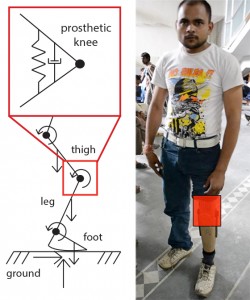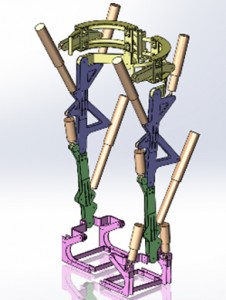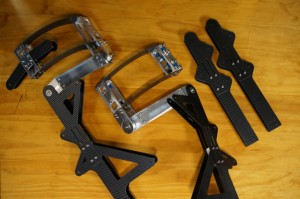I spent the summer working on the structural elements of a lower extremity exoskeleton at the Auckland Bioengineering Institute. The goal of the project is to create a device which enables individuals with limited or no control of their legs to stand up from a sitting position and walk. It would be an extremely capable device which ideally returns individual’s to average mobility. The purpose of the project, however, is to push forward the capabilities of not just exoskeletons, but robotics and linear actuator design in general. Because of this, the project will not yield useable results for years and, even then, the system will likely be exorbitantly expensive.
Since the start of PPAT, I’ve been thinking about the roles of different assistive technologies in relation to my summer work. The necessity for low-cost, low-complexity solutions is apparent. An example similar to an exoskeleton, a prosthetic, is the All-Terrain Knee being developed by the GEAR Lab at MIT. This project aims to mimic the torques supplied by a human knee during a normal walking gait with only simple mechanical elements. The simplicity of this knee means that it will be accessible to a much wider audience than a fully powered exoskeleton or prosthetic. It takes the approach that approximating human motion cheaply is often better than trying to copy human motion exactly at great cost. What is most important to the user at the moment is that the technology is available to them.

A diagram of the mechanical elements of the All-Terrain Knee developed by the MIT GEAR Lab. http://gear.mit.edu/Research_Projects/ATKnee.html
There is absolutely still value in pursuing difficult and far-off ideas like a fully actuated lower extremity exoskeleton because it will help move forward all exoskeleton and prosthetic technology, including the tools that are more accessible to everyday users. However, there is also a need for addressing individuals’ needs in a more realistic and immediate fashion. In many cases, an individual’s quality of life can be drastically improved with relatively simple technological solutions.


